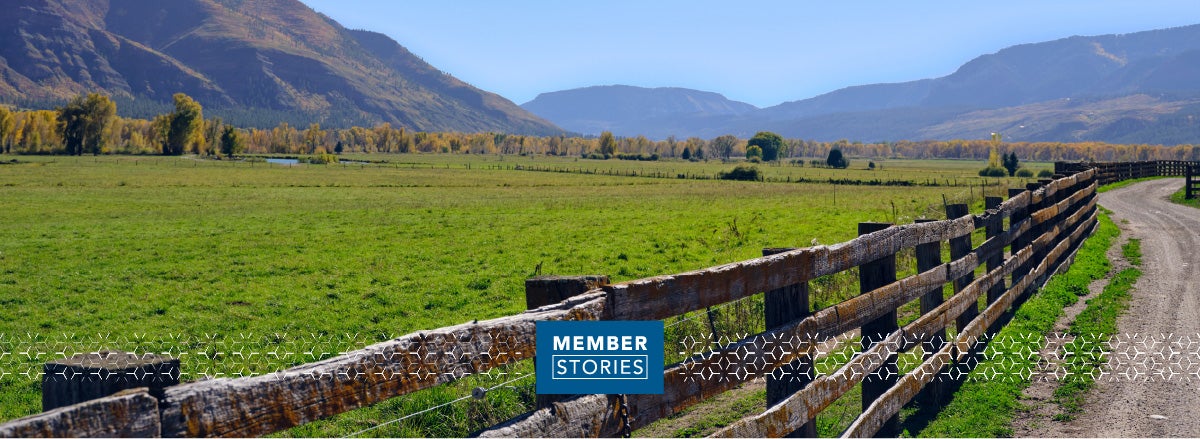
2/21/2023
Colorado Ranch Restores their Land Through Regenerative Ranching
In 1961, Dave and Kay James left California to live in Colorado and raise their children. They never could have guessed the impact James Ranch would have more than 60 years later.
Located ten miles north of Durango in the Animas River Valley, James Ranch is an impressive 400-acre operation. With mountain views and room to grow, it’s no surprise that four of the five James children returned to the ranch after pursuing college degrees, each bringing an agriculture-based endeavor to contribute.
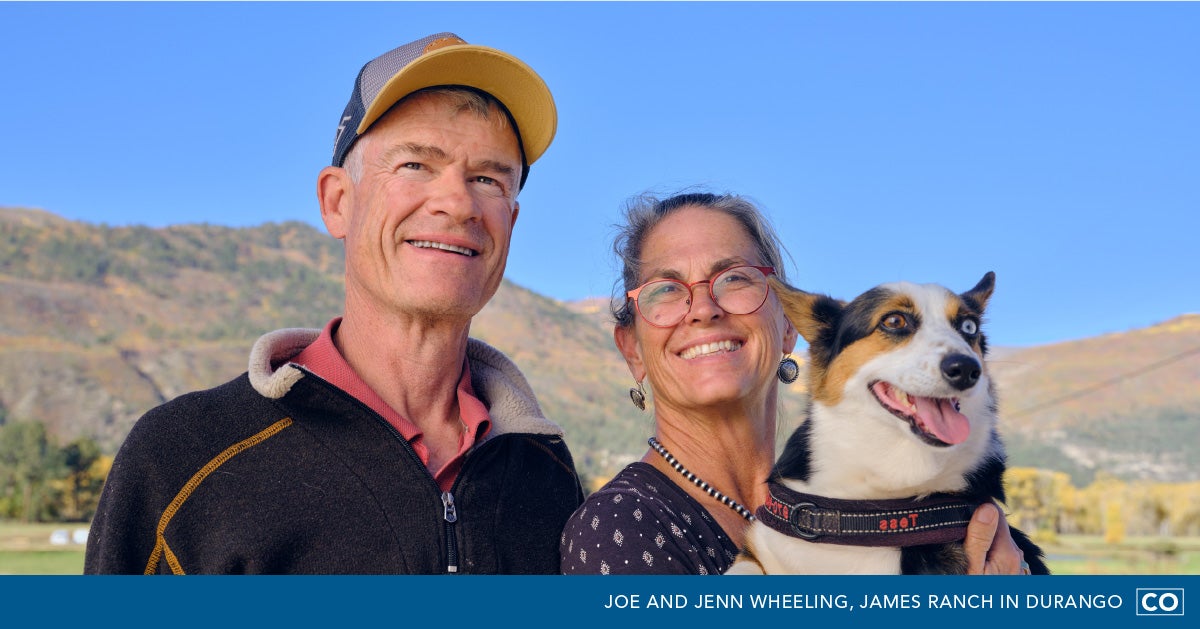
They all work together to produce 100% grass-fed beef, whey-fed pork, raw milk and raw milk artisan cheeses, farm fresh eggs, vegetables and native trees. They also have several operations that allow them to share their land with others including a farmer’s market, restaurant, homestead school, ranch tours and a vacation rental.
The restaurant, James Ranch Grill, uses foods sourced from the land, taking the farm-to-table concept to the next level by providing a “table on the farm” experience. Like the restaurant, the on-site market has meat, eggs, cheeses, vegetables and other goods produced on the ranch. It also serves as a permanent farmer’s market for farmers and ranchers across the region.
“My sister Julie has done an excellent job of finding other regional suppliers of produce and goods to support small farmers in the area,” said Jenn Wheeling, the oldest James daughter. “It’s a good feeling to be the place where people can come and be perfectly confident that someone cares a lot about what’s sitting on the shelves.”
As demand for the restaurant and market ramped up, the family had to take a long look at how to best utilize the land to meet their needs. Instead of buying more land, they decided to improve upon what they already had by using regenerative ranching methods.
Regenerative ranching is the process of restoring degraded soils using practices based on ecological principles. It involves learning how each part of the land’s ecosystem (soil, water, animals, etc.) works together and using that knowledge to restore the land to its highest potential.
“We do everything using organic methods so there are no pesticides, herbicides, or chemical fertilizers,” explained Joe Wheeling, Jenn’s husband and co-owner of James Ranch Beef.
When first adopting regenerative methods, and to this day, they count on their cattle to improve soil health. Livestock have nutrient-rich manure that, when used strategically, can replace the need for synthetic fertilizers. Regenerative grazing allows the cattle to roam and graze in one area, then move on, only returning to that area when the perennial grasses have recovered.
“Healthy soil creates healthy plants and healthy plants create healthy animals that people can eat,” Joe stated.
The James family was familiar with energy-saving strategies thanks in part to their local electric cooperative, La Plata Electric Association. They installed solar panels to power the large freezers that store the beef. The solar panels provide 50% of the energy needed during the day and are connected to a generator that holds the temperature at a safe level in the event of an outage.
They also decreased their water use by installing a center pivot to their existing K-line irrigation system. K-line irrigators use a slow absorption method that results in greater forage growth. It’s just another way that the family has expanded their operations to better serve their land and generations to come.
“If you’re curious and willing to open your mind and consider different options, amazing things can happen,” Jenn expressed. “I think James Ranch has proved that.”
Tri-State provides reliable electricity to 42 electric cooperatives and public power districts in the rural West. Together with our members, we are proud to support businesses that put our communities first. Learn how we’re serving more than one million electric consumers.
Electrify and Save™
--
About Tri-State
Tri-State is a power supply cooperative, operating on a not-for-profit basis, serving electric distribution cooperatives and public power district member-owners in four states. Together with our members, we deliver reliable, affordable and responsible power to more than a million electricity consumers across nearly 200,000 square miles of the West. Visit www.tristate.coop.
Blog Posts

Common Summer Electrical Problems to Avoid

Outdoor Cooking with Electric Grills
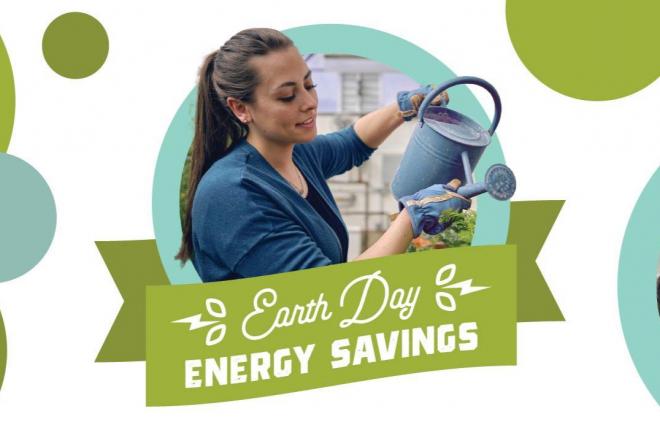
Earth Day 2021 Energy Saving Tips
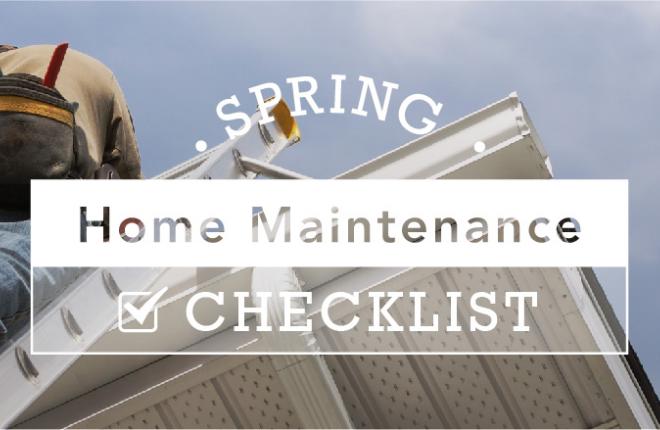
Home Maintenance Checklist for Spring
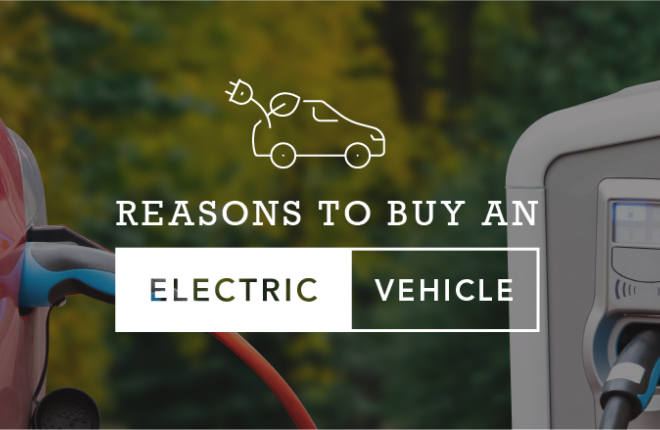
The Surge of Electric Vehicles in 2021
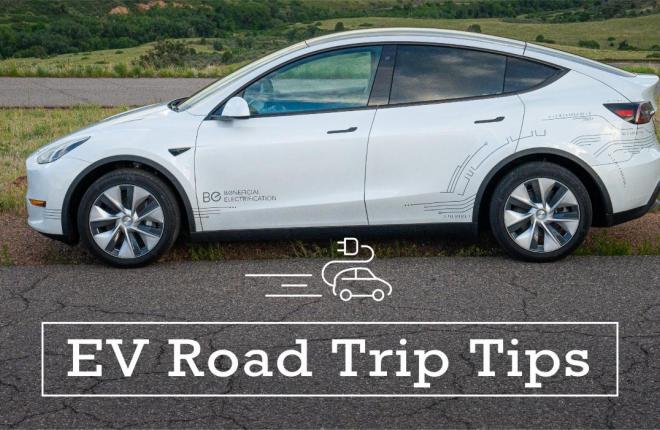
Spring Road Trip Tips in Your EV
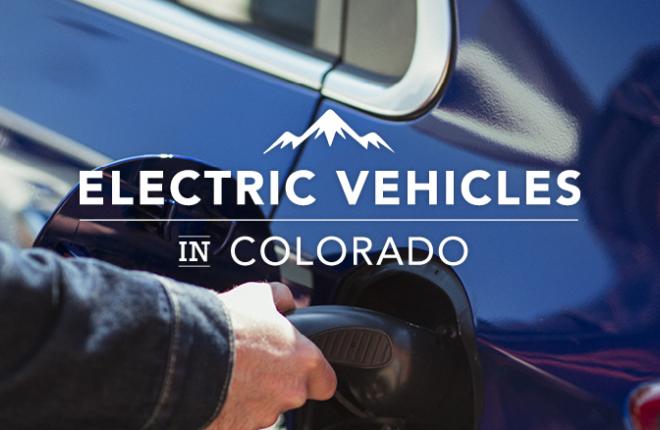
Electric Vehicles in Colorado: How Tri-State is Helping Members Transition
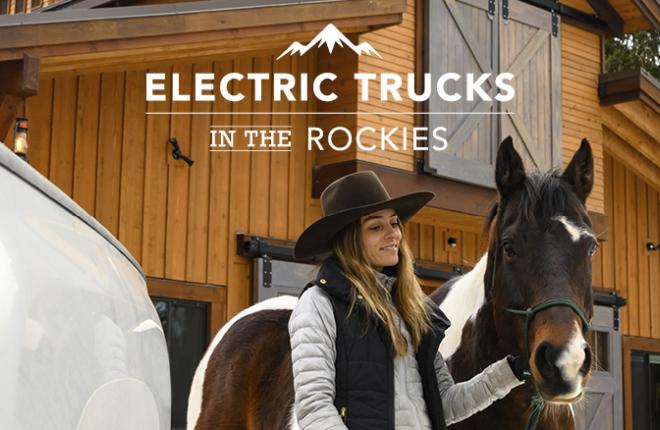
Electric Trucks May Be the Future for The Rockies

